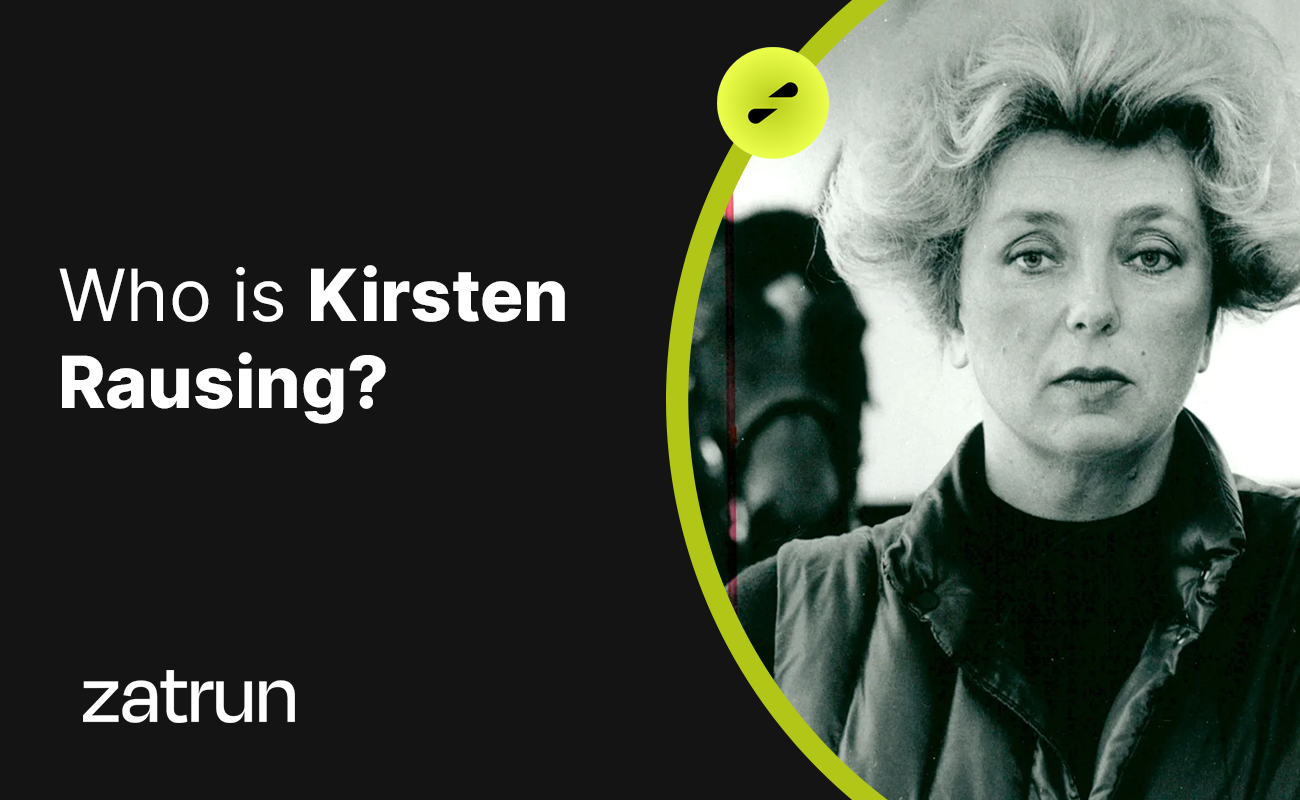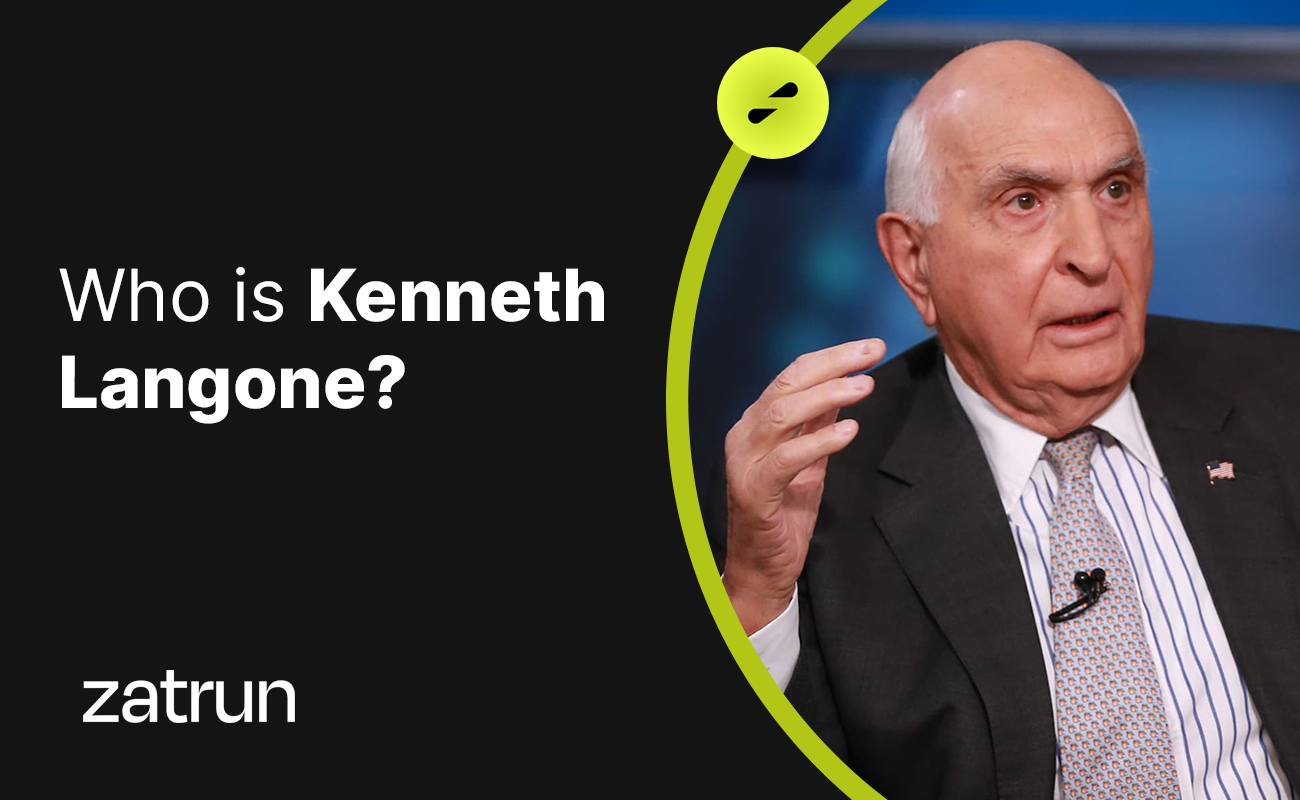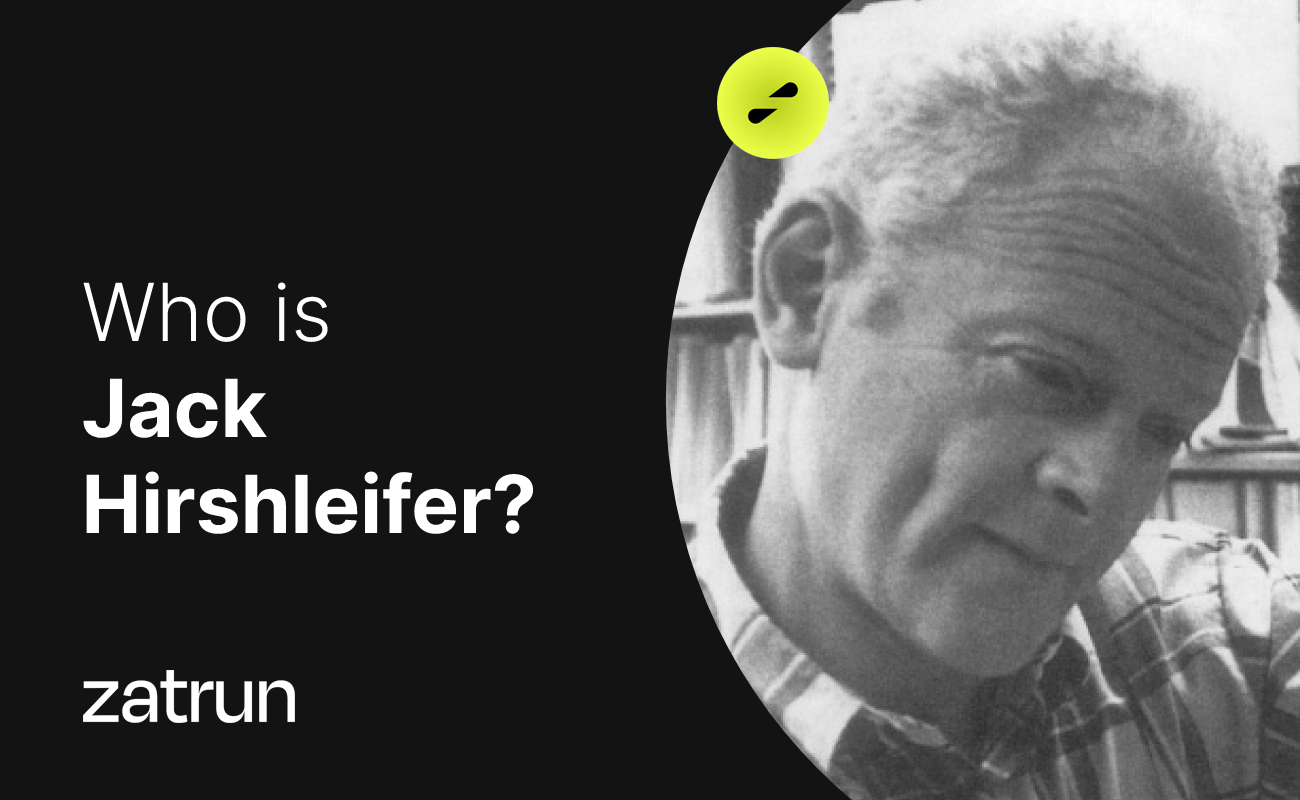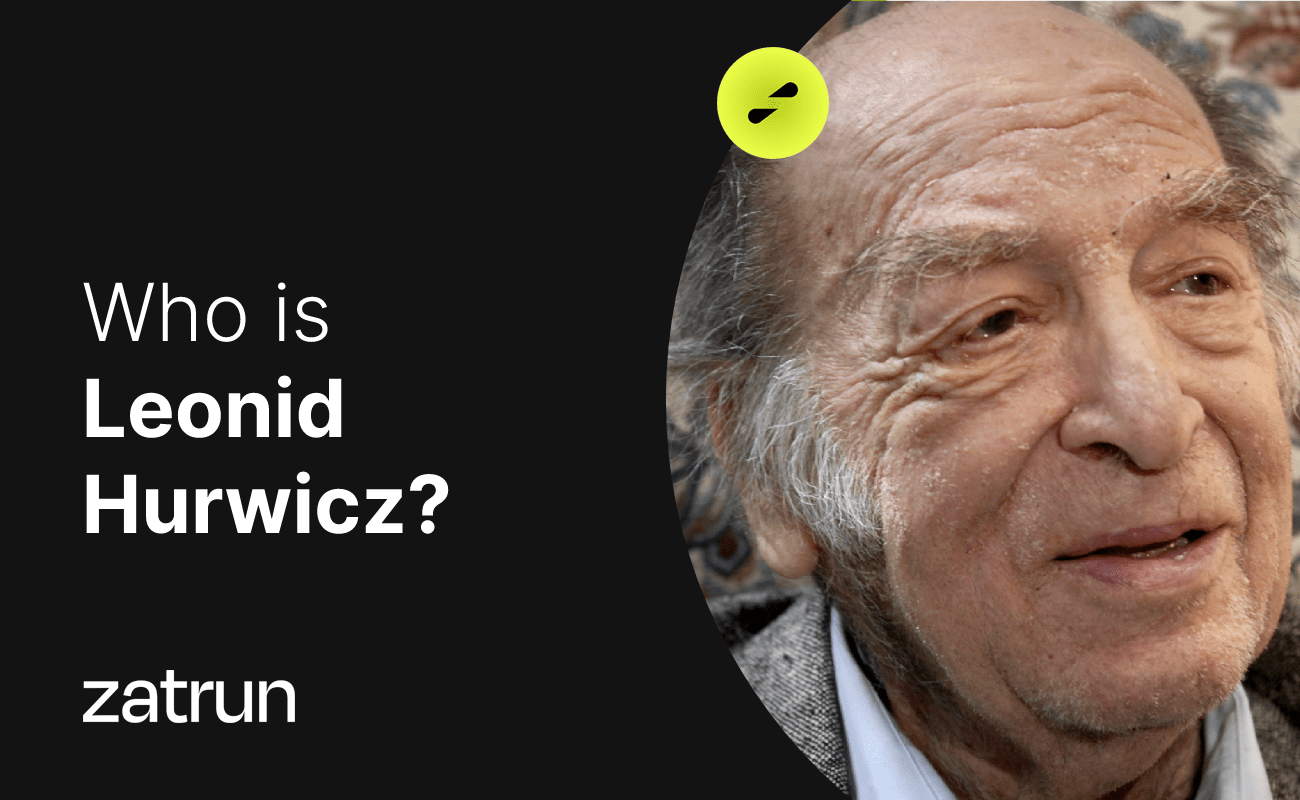In this article, titled “Who is Leonid Kantorovich 101: Famous Economist and Mathematician?”, we will delve into everything you need to know in detail about the famous economist and mathematician Leonid Kantorovich, as our readers at Zatrun.com are curious about.

Who is Leonid Kantorovich?
In our article “Leonid Kantorovich 101: Successful Economist and Mathematician” on Zatrun.com/tr, we will discuss in detail everything you need to know about the successful economist and mathematician Leonid Kantorovich, who is recognized as a Soviet mathematician and economist famous for the theory and development of techniques for the optimal distribution of resources. He is considered the founder of linear programming and won the Stalin Prize in 1949 and the Nobel Prize in Economics in 1975.
Born in January 1912 into a family of a doctor in St. Petersburg, Leonid Kantorovich comes from a Russian Jewish family. At the age of 14 in 1926, he began his education at Leningrad State University. He graduated from the Faculty of Mathematics and Mechanics in 1930 and began his doctoral studies. At the age of 22 in 1934, he became a full-time professor.
Later, Leonid Kantorovich worked for the Soviet government. He was tasked with optimizing plastic industry production. In 1939, he developed a mathematical technique, now known as linear programming, which was later developed by George Dantzig. He is one of the authors of the book “The Mathematical Method of Production Planning and Organization” (Russian original 1939), “The Best Use of Economic Resources” (Russian original 1959), and “Approximate Methods of Higher Analysis” (Russian original 1936), which he co-wrote with Vladimir Ivanovich Krylov. For his work, Kantorovich was awarded the Stalin Prize in 1949.
Academic Career:
After 1939, Kantorovich became a professor at the Military Engineering-Technical University. During the Siege of Leningrad, he worked as a professor at the Maritime VITU and studied the safety of the Road of Life. He calculated the optimal distance between cars based on ice thickness and air temperature to prevent them from sinking. In December 1941 and January 1942, Kantorovich walked between cars on the frozen Lake Ladoga of the Road of Life and checked them to prevent sinking.
However, many cars carrying food for the survivors of the siege were destroyed due to German air raids. In 1948, Kantorovich was appointed to the USSR’s atomic project. For his success and bravery, Kantorovich was decorated with the Order of the Patriotic War and the Medal for the Defense of Leningrad. From 1960 onwards, Leonid Kantorovich lived and worked in Novosibirsk, where he established and led the Department of Computational Mathematics at Novosibirsk State University. He shared the Nobel Prize with Tjalling Koopmans for their contributions to the theory of optimal resource allocation.

Leonid Kantorovich and Mathematics:
Leonid Vitalyevich Kantorovich is known as a Soviet mathematician and economist who pioneered the theoretical development of techniques for the optimal distribution of resources. He is considered the founder of linear programming. Kantorovich was awarded the Stalin Prize in 1949 and the Nobel Prize in Economics in 1975. In mathematical analysis, Kantorovich achieved important results, making significant contributions to functional analysis, approximation theory, and operator theory.
In particular, he formulated fundamental results in the theory of normed vector lattices and “K-spaces,” known as Dedekind complete vector lattices, are now named after him as “Kantorovich spaces.” Kantorovich showed that functional analysis could be used in the analysis of iterative methods, and managed to find Kantorovich inequalities for the convergence rate of gradient and Newton methods. He examined continuous-dimensional optimization problems, such as the Kantorovich-Monge problem in transportation theory. He proposed the Kantorovich-Rubinstein metric in the analysis of probability theory and the convergence theory of weak probability measures.












